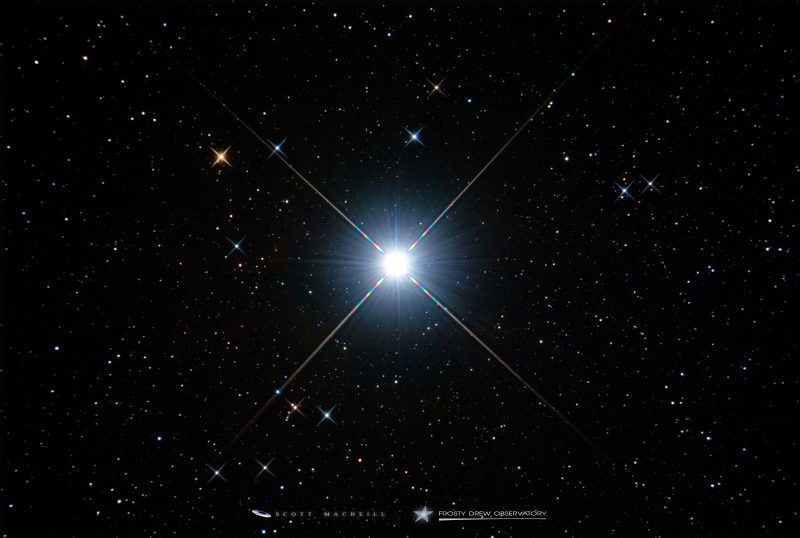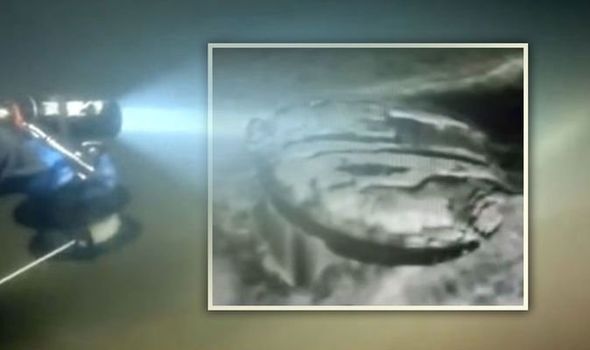Bizarre Blinking Space Lights ‘Could be Evidence of Extraterrestrials’
Listen to “E206 Bizarre Blinking Space Lights ‘Could be Evidence of Extraterrestrials’” on Spreaker.
Article by Tom Fish December 17, 2019 (express.co.uk)
• Beatriz Villarroel of Stockholm University in Sweden is one of the authors of a recent study published in The Astronomical Journal about the discovery of a hundred or so blinking lights in space as well as number of vanishing and reappearing objects spotted among the stars which are puzzling researchers. According to the study paper, “The implications of finding such objects extend from traditional astrophysics fields to the more exotic searches for evidence of technologically advanced civilizations”.
• The scientists examined images of the sky dating as far back as the 1950s. They compared them with modern sky surveys looking for physical indicators including stars that apparently vanished from the Milky Way. Villarroel noted that, “Finding an actually vanishing star – or a star that appears out of nowhere would be a precious discovery and certainly would include new astrophysics beyond the one we know of today.”
• Dying stars will change very slowly to become a white dwarf, or will die with a sudden explosion as a supernova. A “failed supernova” is what happens when a very massive star collapses into a black hole without sending out any kind of explosion and vanishes. But failed supernovas are very rare. A vanishing star would likely indicate some other process entirely.
• Non-natural explanations include intelligent alien lasers for communication between stars, or a Dyson sphere which is a structure that alien civilizations build around a star to harness its energy. The scientists believe the anomalies likely originate from “natural, if somewhat extreme, astrophysical sources.”
Astronomers are investigating bizarre blinking lights in space for indications they are evidence of alien super-structures or ”interstellar communication lasers”. A

number of vanishing and reappearing objects have been spotted among the stars are puzzling the researchers attempting to understand what they are.
Scientists believe the lights likely originate from “natural, if somewhat extreme, astrophysical sources”.
However, have yet to find any explanation after discovering one hundred of the strange lights.
Whatever scientists find it likely to change our understanding of space, with astronomers announcing the research could potentially usher in a “new astrophysics”.
The study’s authors wrote in The Astronomical Journal: “The implications of finding such objects extend from traditional astrophysics fields to the more exotic searches for evidence of technologically advanced civilisations”.
The scientists examined publicly available images of the sky dating as far back as the 1950s, such as old military sky catalogues.
They compared those historical observations with modern sky surveys looking for physical indicators including stars that apparently vanished from the Milky Way.
FAIR USE NOTICE: This page contains copyrighted material the use of which has not been specifically authorized by the copyright owner. ExoNews.org distributes this material for the purpose of news reporting, educational research, comment and criticism, constituting Fair Use under 17 U.S.C § 107. Please contact the Editor at ExoNews with any copyright issue.



